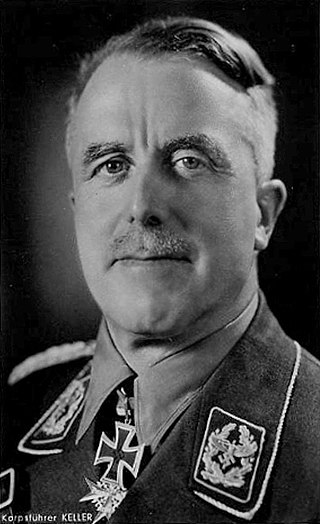Supreme Commander of the Luftwaffe
Since the beginning of the Luftwaffe, Hermann Göring was its designated head. In 1933 he was called Reichsminister der Luftfahrt (Reich Minister for Aviation), when on 26 February 1935, he was instituted as Commander-in-Chief of the Luftwaffe. He held this title until April 1945, when he was dismissed by Adolf Hitler and replaced by Robert Ritter von Greim.
| Flag | Date | Designation | Description |
|---|---|---|---|
 | 1933–1935 | The command flag for the Reich Minister for Aviation (left side) | The flag was introduced on 5 May 1933. Placed in the centre of the flag was the variant of the German eagle, that was used until 1935 as the national emblem. This flag was probably used until April 1935 when the following alternative pattern exclusively came into use. |
 | 1933–1935 | The command flag for the Reich Minister for Aviation (right side) | The reverse side was the same as the obverse but with inverted symbols. Just like on the left side, suspended from the base of the wreath was a representation of the Pour le Mérite decoration. |
 | 1933–1935 | The command flag for the Reich Minister for Aviation (left side), alternative pattern [1] | This was an alternative variant of the command flag that was probably used during the same time as the previous one. Since April 1935 this flag was called "Command flag for the Reich Minister for Aviation and Supreme Commander of the Luftwaffe." |
 | 1933–1935 | The command flag for the Reich Minister for Aviation (right side), alternative pattern | This is the presumptive appearance of the right side of the flag. Because there is no image available of the reverse side, this is a reconstruction. It is assumed that the right side was made in a similar style like the first pattern. |
 | 1935–1938 | The command flag for the Reich Minister for Aviation and Commander-in-Chief of the German Air Force (left side) | Introduced in the end of the year 1935 the new model of the flag displayed the symbol of the German Luftwaffe, a flying golden eagle, in the four corners of the flag. The golden border of the flag contained 76 small swastikas. |
 | 1935–1938 | The command flag for the Reich Minister for Aviation and Commander-in-Chief of the German Air Force (right side) | The reverse side of the flag was the same as the obverse, but with inverted symbols. In addition, there was a representation of the Pour le Mérite decoration. |
 | 1938–1945 (de facto until 1940) | The Command flag for the Reich Minister for Aviation and Commander-in-Chief of the German Air Force (left side) | Identical to the previous version |
 | 1938–1945 (de facto until 1940) | The Command flag for the Reich Minister for Aviation and Commander-in-Chief of the German Air Force (right side) | This flag was introduced on 28 April 1938. The right side was identical to the previous version, except for an added pair of Luftwaffe field marshal's batons. The change of the flag took place at the same time as the promotion of Göring to Generalfeldmarschall (field marshal). |
 | 1940–1941 | Standard for the Reichsmarschall (left side) | Shortly after Göring was promoted to Reichsmarschall on 19 July 1940, he had himself manufactured a personal standard. In practice this standard most likely was also used as Command flag for the Supreme Commander of the Luftwaffe and de facto replaced the previous command flag. This fact is observable in some contemporary pictures. |
 | 1940–1941 | Standard for the Reichsmarschall (right side) | Placed in the centre of the right side of the standard there was the Großkreuz des Eisernen Kreuzes , a decoration which was uniquely awarded to Göring. |
 | 1941–1945 | Standard for the Reichsmarschall (left side) | The new version of the standard was introduced in February 1941 and shows in the centre the Reichsadler (National Eagle) in a revised design. |
 | 1941–1945 | Standard for the Reichsmarschall (right side) | The Großkreuz now is surrounded by a wreath of laurel leaves. |




































